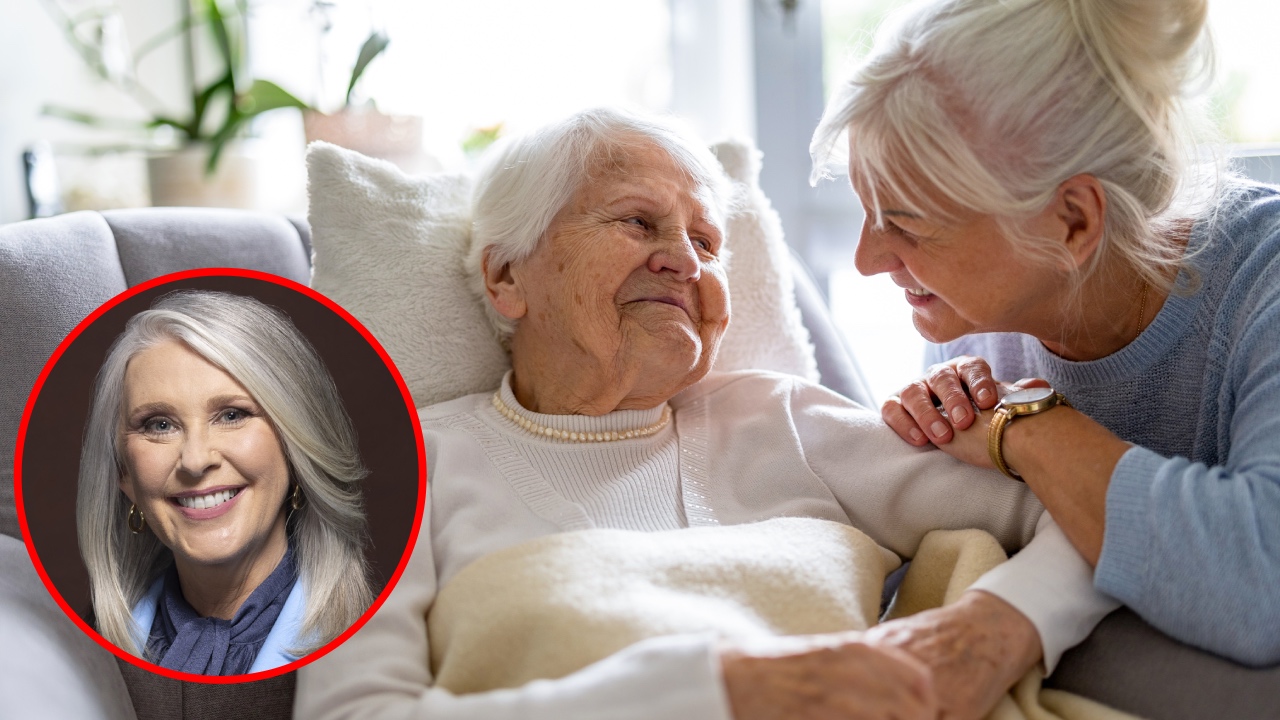How women will shoulder the burden of new care reforms

It’s time to put a ‘gender lens’ on the once-in-a-generation reforms to Australia’s aged care system.
There are almost double the number of women compared with men in permanent residential care.
Women are also more likely to use home care services. And we do the bulk of unpaid caring for ageing parents and grandparents. In fact, almost 70% of women provide primary care, according to the National Carer Survey.
Given these shocking statistics, why is the federal government reducing the quality of care, under its new Support at Home model? This affects women on both sides of the system: as unpaid carers and clients.
It’s all to do with pricing. A 10% cap on care management fees will apply from July this year.
This means home care service providers may not be able to continue to give older people, who are overwhelmingly women, the level of care they need.
“The Aged Care Royal Commission told the sector loudly that Australians expect quality care. The Australian Government went so far to describe what that means in the 2024 Aged Care legislation, so the sector is aghast at the caps on care management, which is critical in supporting vulnerable older people to understand, know and access the support they need to age in place,” Your Side CEO, Danielle Ballantine, says.
Capping care management results in the very specialist skills of a care manager being outsourced to family. Inevitably it’s women – especially the sandwich generation – who will shoulder this burden, while trying to hold down jobs and secure their financial future.
My sister and I would have been lost without this support when we were caring for Dad in the home, while working full-time and raising our children.
Many female carers are forced to cut back their hours of paid work – or leave employment altogether – reducing their earning capacity and financial security.
This feeds into the gender pay and superannuation gaps: Women retire with around 25% less super than men, with many older single women living in extreme poverty.
This is undoubtedly an unintended consequence. But it must form part of the federal government’s considerations. “The government is currently consulting with older people, consumer advocates and the sector, with more news on pricing yet to be announced,” Ms Ballantine says.
We need women – unpaid carers, aged care workers and clients – to be at the centre of these conversations.
Under the proposed changes, most of the services assisting people to be healthy, safe and independent in their later stages of life will be out of reach.
Based on the capacity to pay, some older people might not be able to afford a care worker to support them to have a shower. When unpaid carers step in, they often become burned out, increasing the risk of skin tears and falls. Without adequate care management oversight, some of these issues can become life threatening.
Is this the way we should be treating older women, many of whom have spent their lives caring for others?
Closer to home, is this the future we want for ourselves?
Image credits: Shutterstock / Supplied
Tracey Spicer AM is a multiple Walkley Award-winning journalist, author and passionate advocate for social responsibility issues. She is an Ambassador for the non-profit aged care provider Your Side.
